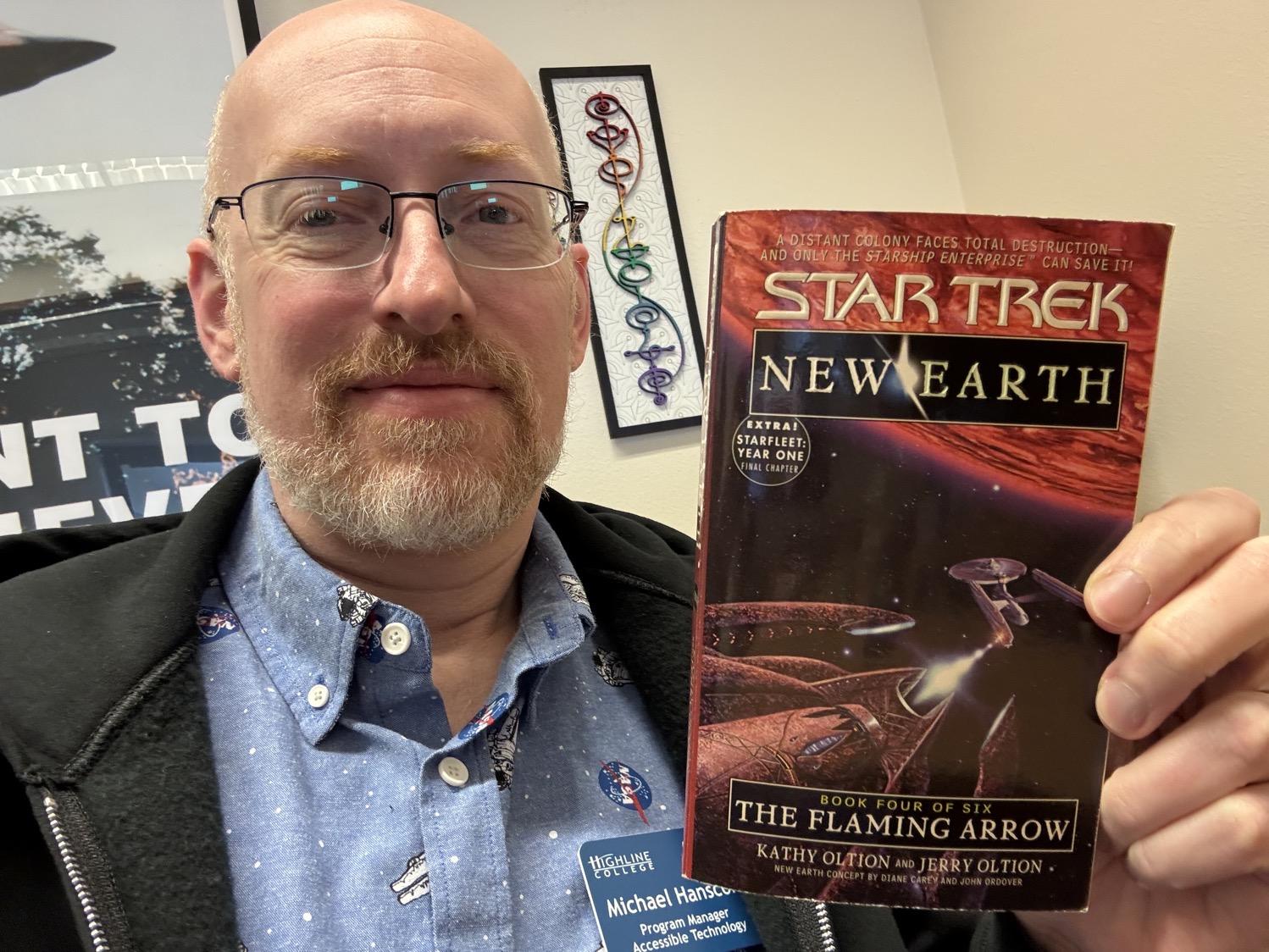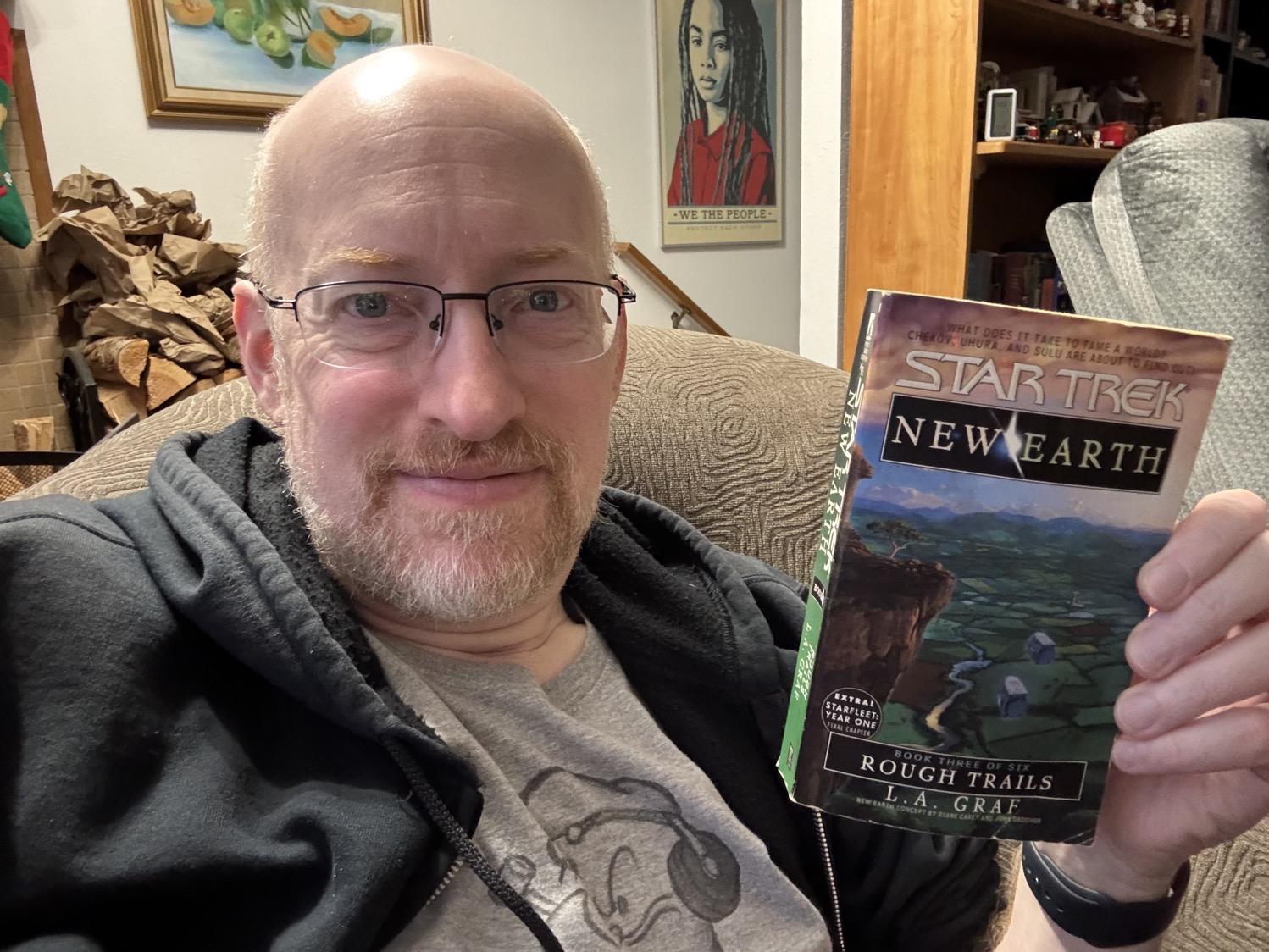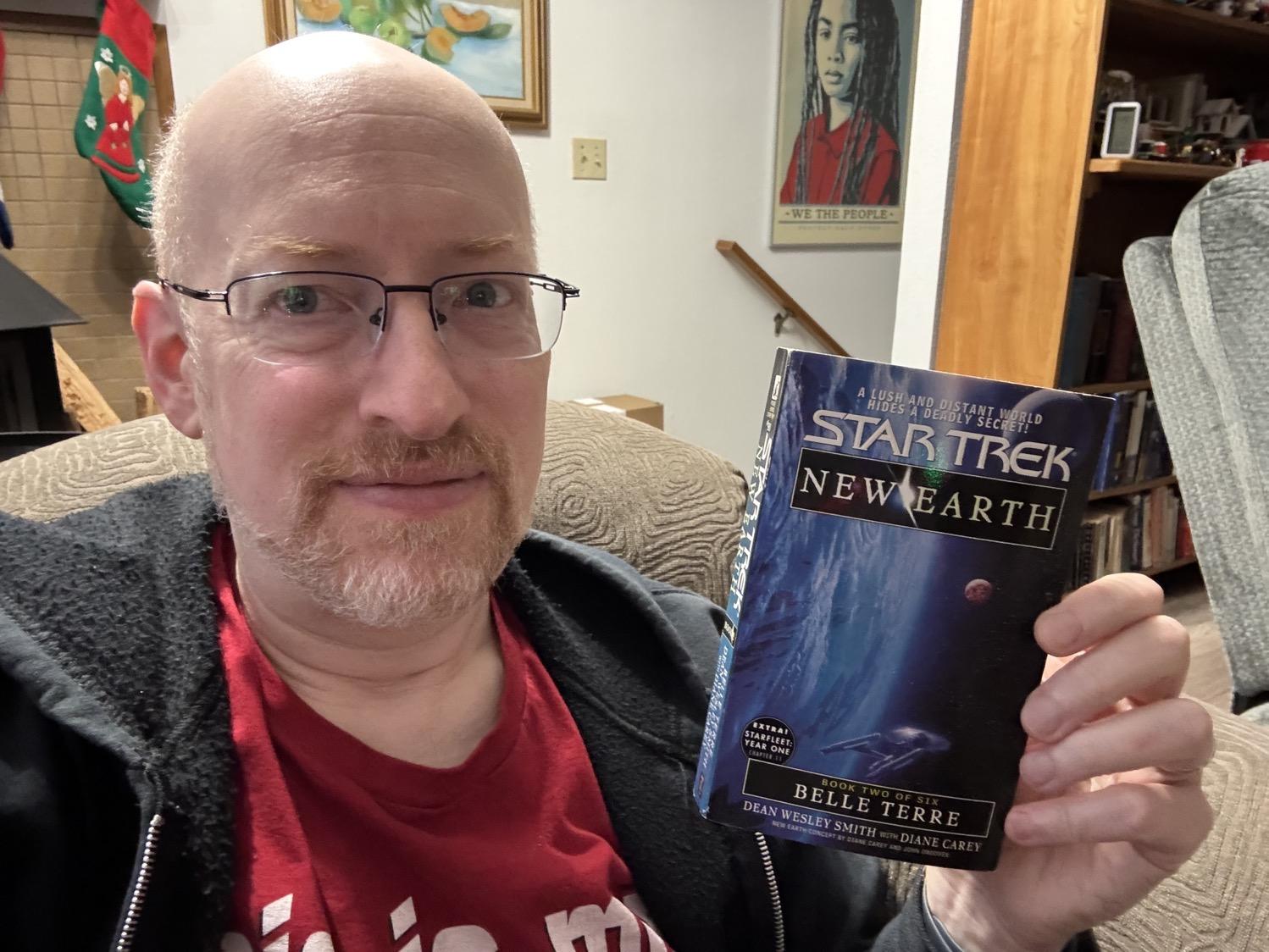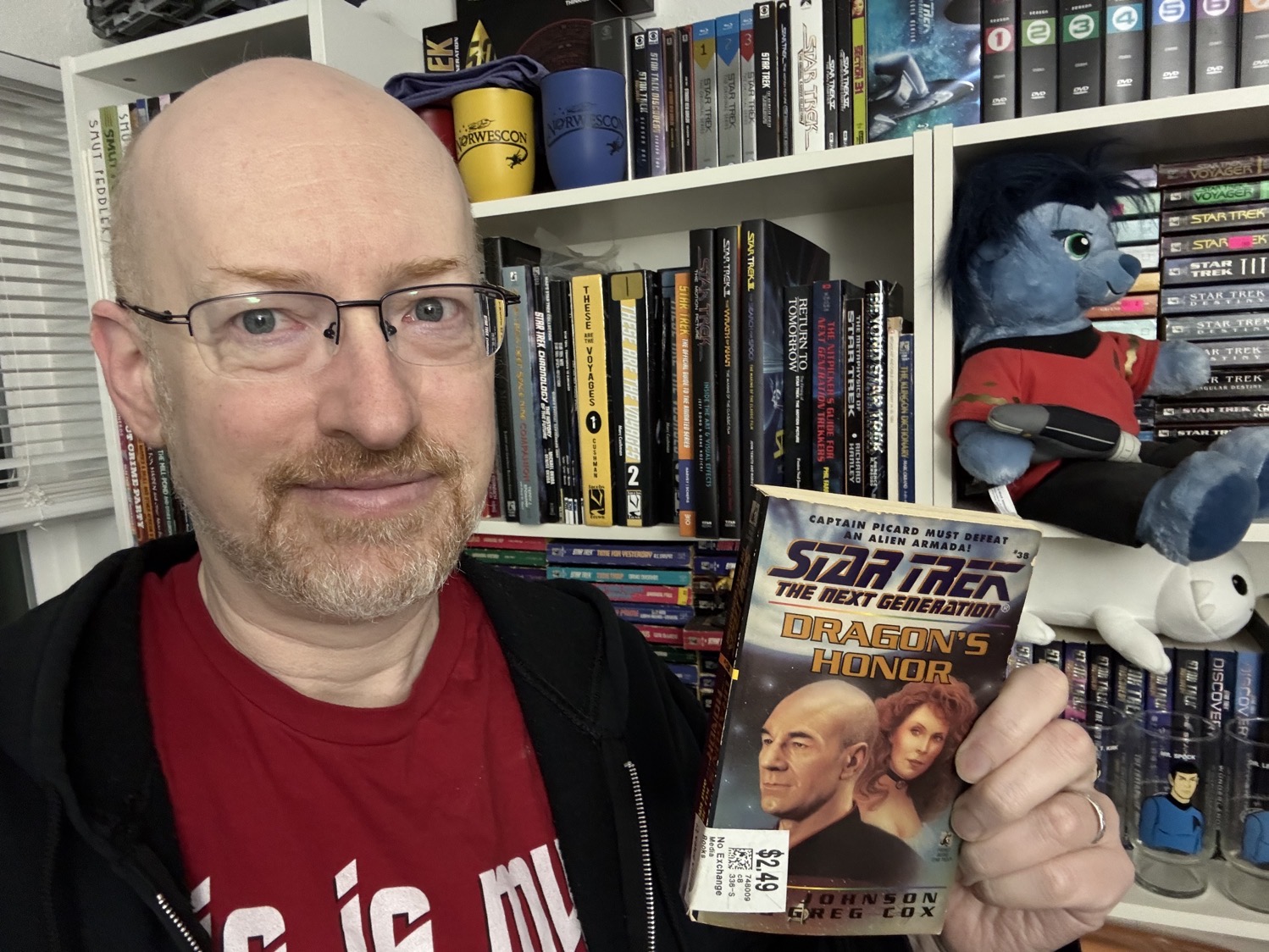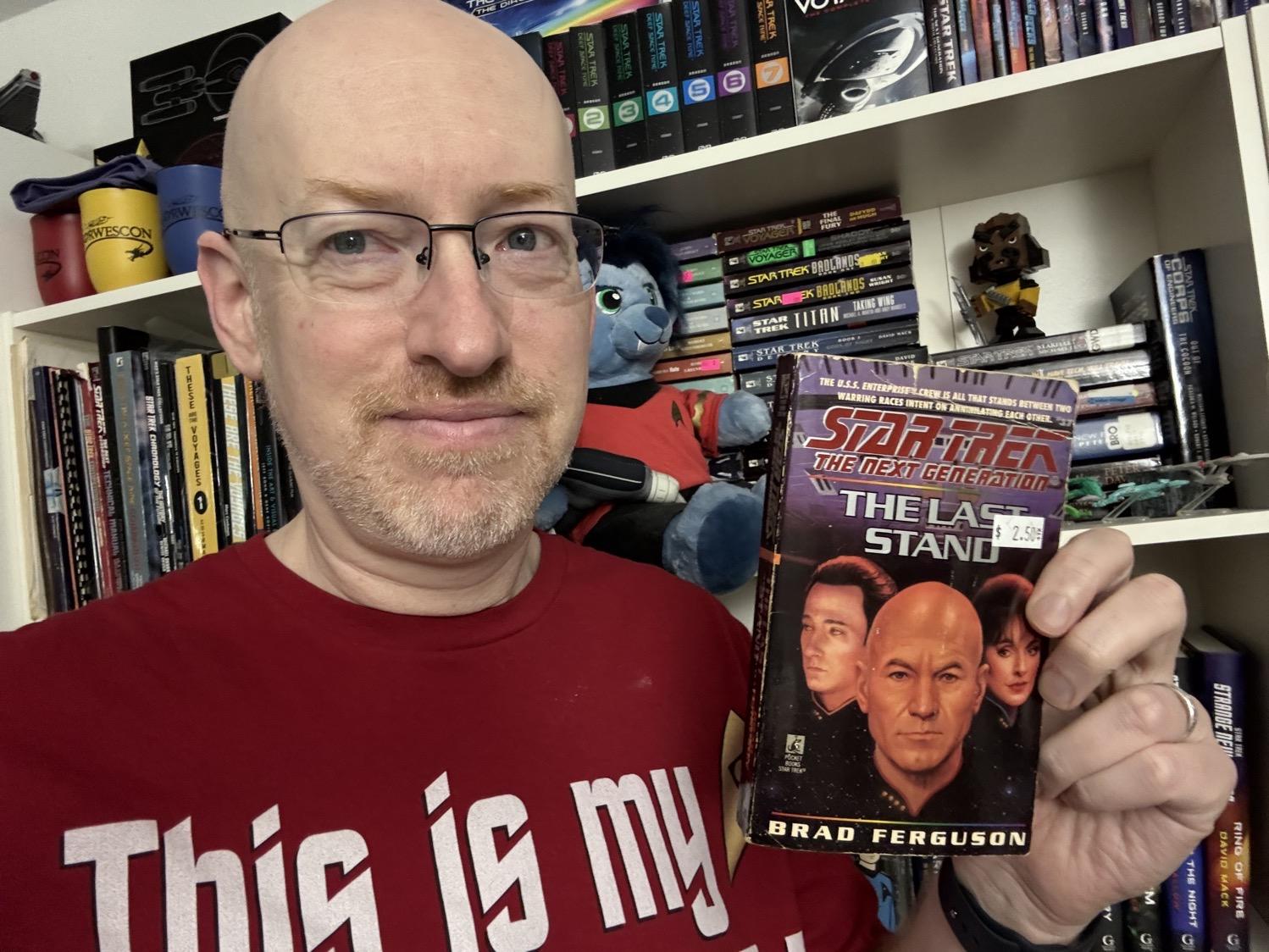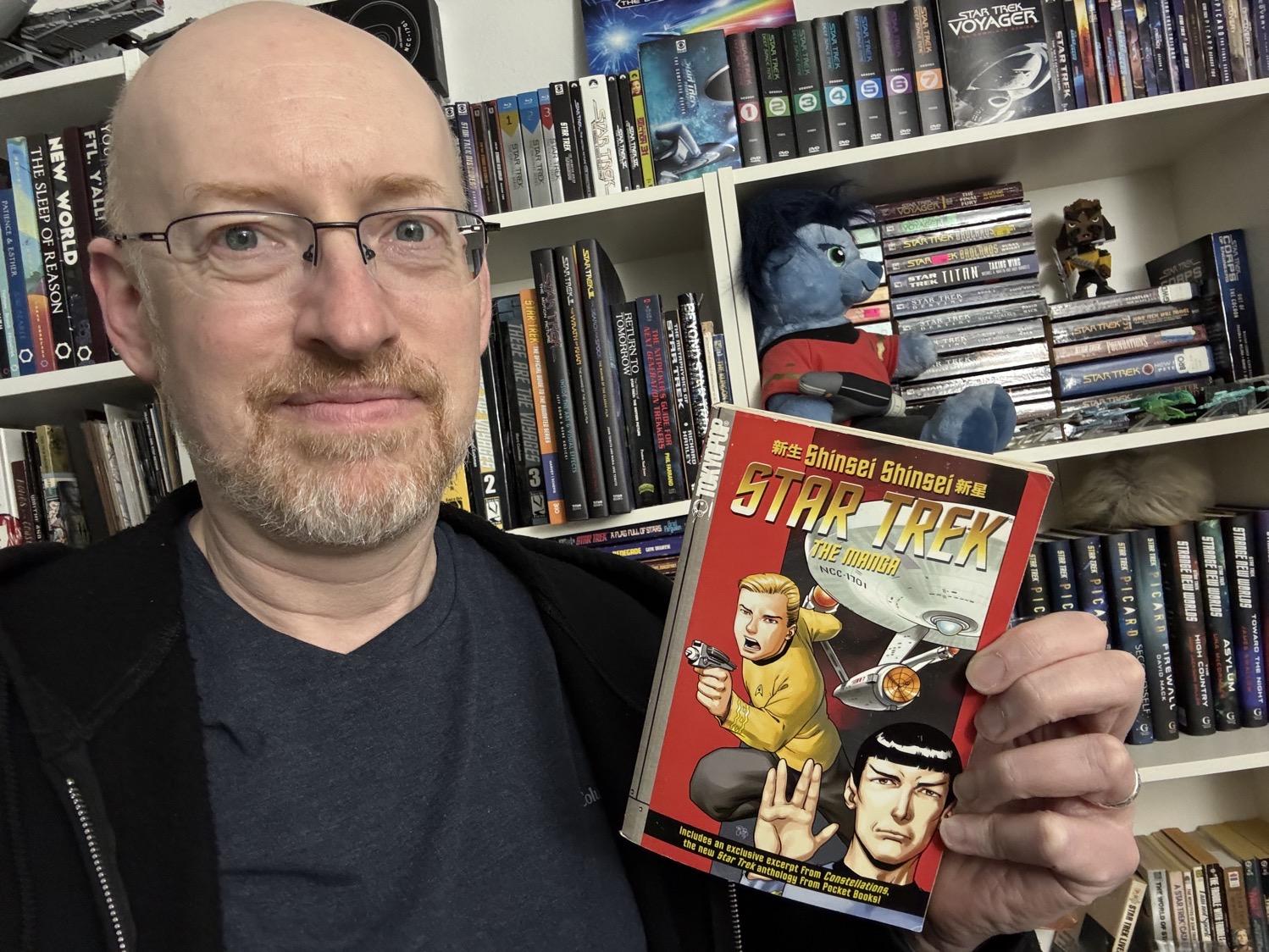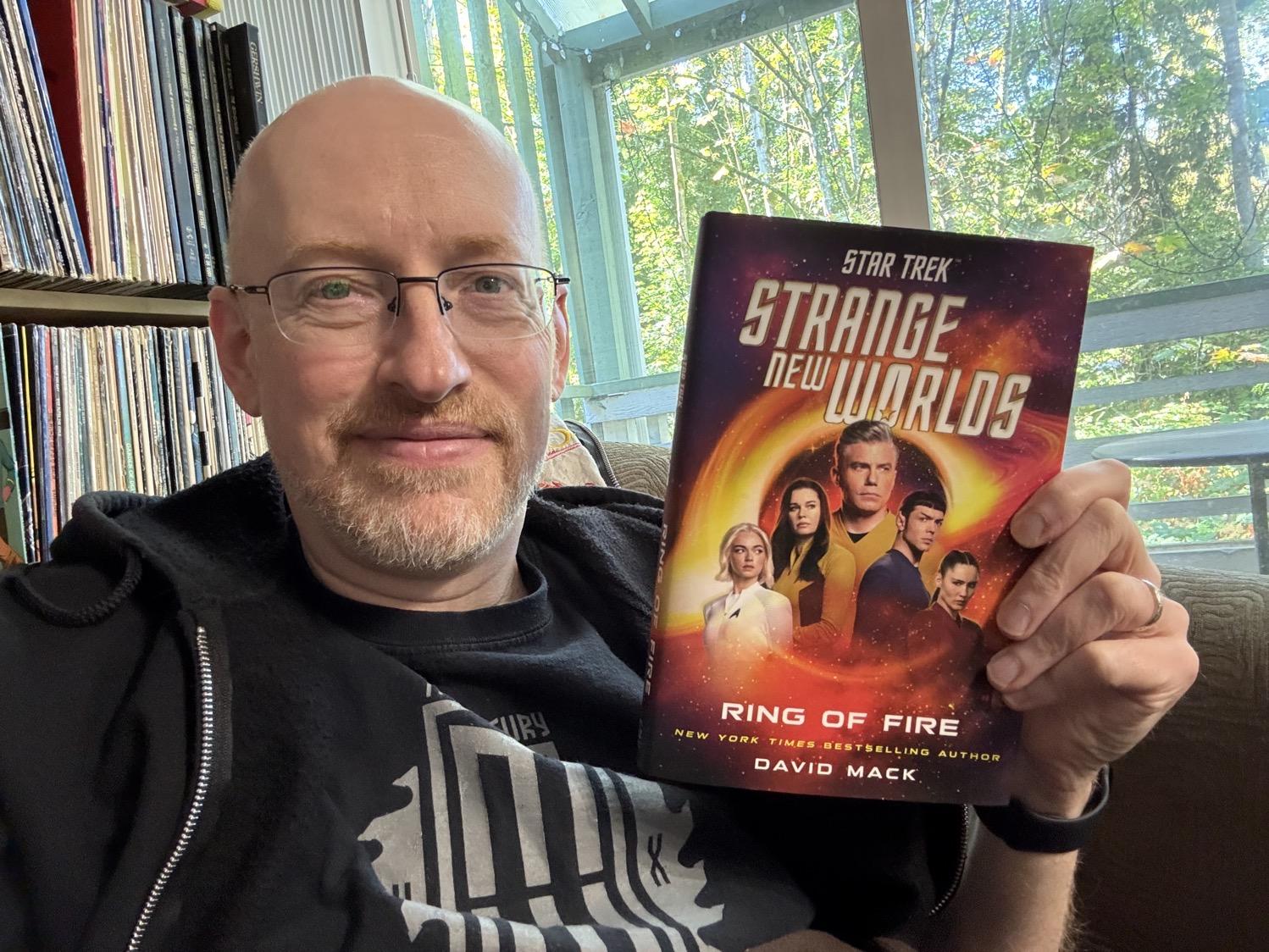An update to my last attempt at doing this back in 2009. I originally posted this to Mastodon back in April after watching Star Trek: Section 31, and after realizing I hadn’t cross-posted it here, am doing that now. Also somewhat prompted by a friend sending me this ranking from Den of Geek, which is close, but not identical, to mine; I do broadly agree with their summaries of the various films.
I gave it some thought, and while the exact placement of any of these might vary slightly depending on time/mood/etc., I think this is a pretty good stab at my personal Star Trek film ranking, best/favorite to worst/least favorite:
- Star Trek II: The Wrath of Khan
- Star Trek IV: The Voyage Home
- Star Trek VI: The Undiscovered Country
- Star Trek: First Contact
- Star Trek: The Motion Picture
- Galaxy Quest
- Star Trek (2009)
- Star Trek Beyond
- Star Trek III: The Search for Spock
- Star Trek: Generations
- Star Trek V: The Final Frontier
- Star Trek: Section 31
- Star Trek: Insurrection
- Star Trek: Nemesis
- Star Trek Into Darkness
A few more details:
The first three (TWoK, TVH, TUC) are essentially a three-way tie for first. At any given point, the order could be shuffled around and would probably be acceptable.
TMP remains in that place whether it’s the theatrical, TV extended, or directors cut, but of the three, the director’s cut is definitively the best.
Some purists might be surprised at the two Kelvinverse films ranking that high, but for all the faults, the casting was so good at embodying the characters without slavishly copying or parodying (intentionally or not) the original actors, and I think both films are a lot of fun.
Christopher Lloyd’s Kruge almost pushes TSfS higher, but…not quite. But it does mark the dividing line between “films I can put on at just about any time and enjoy” and “films I’ll watch when there’s a reason to” (chronological rewatch, someone else wants to watch one, etc.).
S31 is barely Star Trek. It’s a generic sci-fi spy film that someone spritzed with synthehol and Starfleet emblems; it ranks as high as it does because it’s an acceptable generic sci-fi spy film, entirely suitable for having on in the background and occasionally paying attention to. Michelle Yeoh (and Georgeau) deserved better.
Into Darkness…I just have so many issues with it. I will be quite unpleasantly surprised if they ever make a Trek film that knocks it out of the bottom spot on this list.


